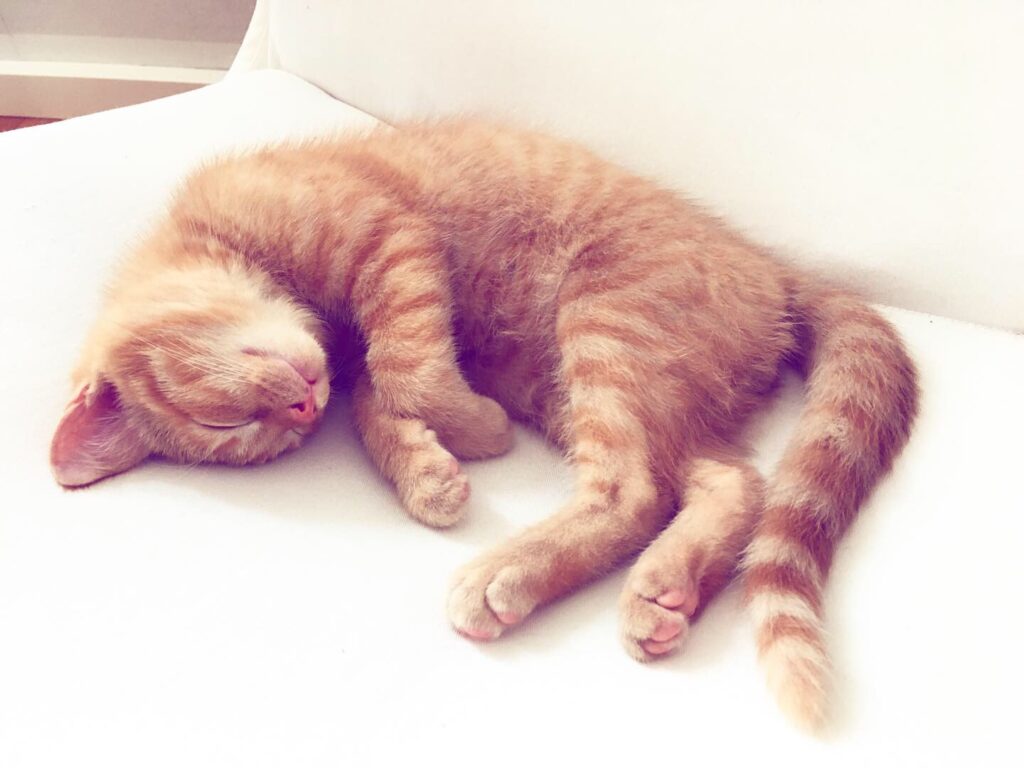What is a catio and why should you consider getting one?

Many of you have probably never heard the term “Catio”, it is a play on the words cat and patio… you see where this is going. It is essentially an enclosed outdoor space designed to allow domestic cats to enjoy the outside world in a controlled and safe environment. Now, you may be wondering “why would I ever need one of these? My cats venture out every day and return safe and sound.” Our feline friends are more than capable of looking after themselves but do you really know what they’re up to during their little expeditions?
The Mammal Society conducted a study which estimates that 275 million animals are killed annually by our domestic cats, 55 million of these are birds. These numbers are incredibly alarming, I know. Many cat owners decide to keep house cats who never get to experience the outside world to combat this issue. However, it is proven that cats who are housed solely indoors suffer from boredom and obesity, amongst other health and mental repercussions. A catio, usually attached to the outside of the house in the back garden, is a closed off area which can be utilised by cats to get fresh air, exercise and watch the wildlife without causing any detrimental impact to the surrounding ecosystems. Another benefit is that it eliminates the risk of your cats being involved in traffic accidents which happen far too often.
These can be purchased online or from pet shops across the UK and installed by professionals at your home. If you have a knack for DIY, they can be easily built using cheap materials such as wood and chicken wire. They resemble an aviary, although they are designed to keep the birds out rather than in. You can include different levels for the cat to climb, bridges, hanging baskets, living plants, trees to scratch, shaded areas as well as spots for sunbathing, all accessible through a cat flap into your home.
If this is out of your budget or if you don’t have the ability to take on such a project there is no need to despair. It has been proven that a large portion of the wildlife that are killed by cats are animals who are already injured or sick, meaning that they would likely perish regardless. The bird species that are suffering the most rapid population declines in the UK rarely come into contact with cats, some of these are: tree sparrows, skylarks and corn buntings. The blame for their numbers depleting fall on habitat loss. So any work you can contribute to saving and increasing habitats for our native birds will be just as important. Although it is crucial to point out that if you have cats in your area to avoid setting up habitats for these species nearby as they will likely encounter each other.
We must also appreciate that every cat is different and some breeds are better suited to catios than others, your number one concern should always be that of the welfare of your companion animal. By no means am I suggesting that every cat needs to be housed in this way, but if this is a viable option for you it can prove to be beneficial for our native wildlife. Speak to your vet and ask their opinion on catios for your particular animal before embarking on installing one. A lot of people who have taken on the project, through research and experience have become more knowledgeable of cat behavior and have improved the welfare of their feline friends by taking more time to provide suitable enrichment to their pets.
I hope I have sparked your interest into the world of catios and that you consider researching this as a possibility for your cats or any cats you may adopt in the future.

Responses